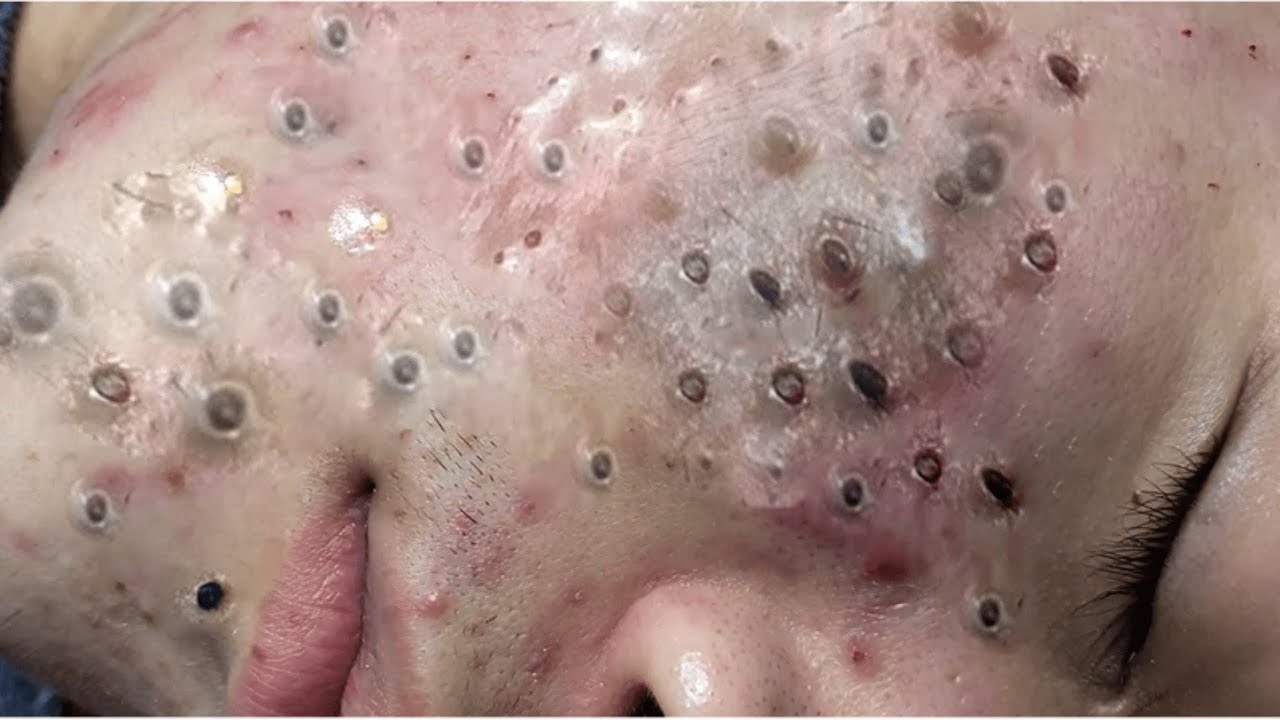Click Button Play To Watch Full Video 👇👇
Acne is a common skin condition that affects many people at various stages of life. While it’s often perceived as simply a cosmetic issue, dermatologists emphasize that the location of your acne can reveal important insights into your overall health. Understanding these patterns may help in identifying underlying causes and developing effective treatment strategies.
Forehead
Acne on the forehead, commonly part of the T-zone, is often linked to stress and hormonal fluctuations. This area tends to produce more oil due to an abundance of sebaceous glands. Stress elevates cortisol levels, which can increase oil production and lead to clogged pores. Additionally, hair products or headwear that irritate the skin can exacerbate breakouts. To address forehead acne, practice stress management techniques such as meditation, maintain a consistent skincare routine, and be mindful of the hair products you use.
Nose
Nasal acne can indicate digestive issues or heightened stress levels. The nose has a high concentration of oil glands, making it a common area for breakouts. Hormonal changes, especially during menstrual cycles, can also contribute to acne here. A balanced diet rich in whole foods, along with good hydration, can support both digestion and skin health. Regular cleansing to remove excess oil is crucial, as well.
Cheeks
Acne on the cheeks is often influenced by environmental factors, including pollution, allergens, and irritants from makeup. It may also be a sign of respiratory issues or allergies. In some cases, cheek acne is linked to hormonal imbalances. To mitigate breakouts in this area, ensure your skincare products are non-comedogenic, keep your face clean, and regularly sanitize items that come into contact with your skin, such as phone screens.
Chin and Jawline
Chin and jawline acne are frequently associated with hormonal changes, particularly in women. Conditions like polycystic ovary syndrome (PCOS) can cause increased androgen levels, leading to breakouts in these areas. Dietary factors, especially high sugar and dairy intake, can also play a role. To manage chin and jawline acne, consider consulting with a healthcare provider about hormonal treatments and explore dietary adjustments that could help reduce inflammation.
Back and Shoulders
Back acne, often referred to as “bacne,” typically results from friction, sweat buildup, or hormonal changes. Tight clothing and lack of proper hygiene can exacerbate the issue. To reduce bacne, wear breathable fabrics, shower after workouts, and use body washes that target acne. It’s also important to keep the back dry and free from excess oil.
Conclusion
Acne may seem like a straightforward skin issue, but its location can provide valuable insights into your body’s internal workings. From stress and hormonal imbalances to dietary habits and environmental irritants, various factors contribute to where and why breakouts occur. If you’re struggling with persistent acne, consulting a dermatologist can help you identify the root causes and create a tailored treatment plan. By addressing both the symptoms and underlying issues, you can work towards achieving clearer, healthier skin and improving your overall well-being. Understanding your skin’s signals is a crucial step toward better health, so don’t hesitate to seek professional guidance.

nbtov5
uk8rjz